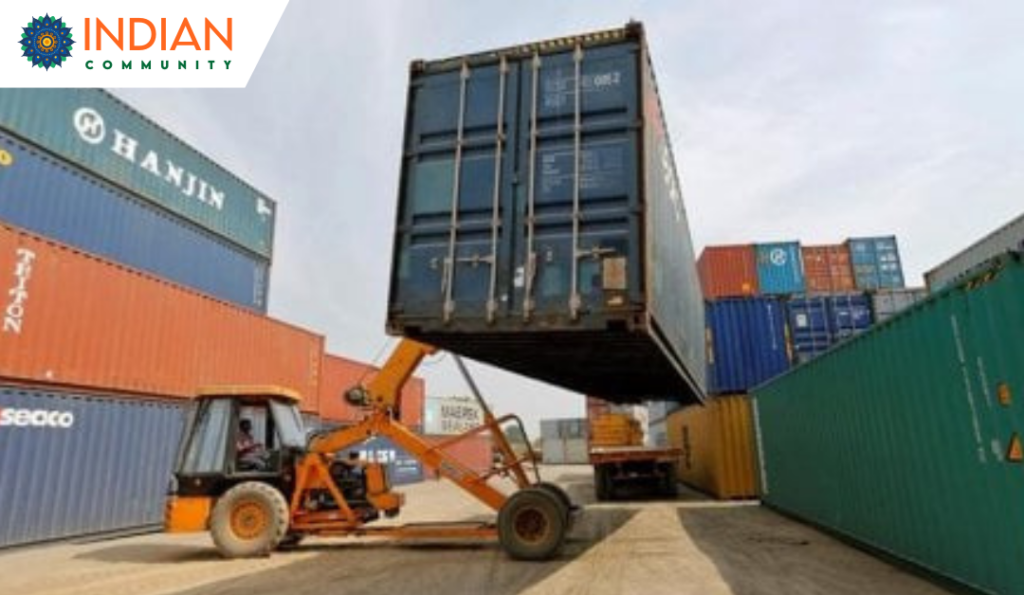India is on track to achieve $1 trillion in merchandise exports by the financial year 2029, according to a recent report by PwC India. The country’s growing focus on export-led growth has bolstered its share in global trade, rising from 0.4% in 1980 to 1.85% in 2023. However, reaching this ambitious target will require an annual export growth rate of 18%, along with strategic efforts to navigate geopolitical challenges.
The PwC report, titled “Viksit: An Approach for India to Achieve USD 1 Trillion Exports,” presents three scenarios for reaching the $1 trillion mark. The most optimistic path suggests maintaining an 18% annual growth rate, a benchmark drawn from the country’s export performance between 1986 and 1995, and during the Covid-19 period. A more conservative projection, termed “Business as Usual,” estimates a 14.5% growth rate would push the goal to FY31. The third scenario, with a 10% growth rate, pushes the target to FY33.
Sanjeev Krishan, Chairperson of PwC India, expressed optimism, stating, “Reaching the $1 trillion mark by FY29 is possible. The groundwork has already been laid with advancements in energy, semiconductors, electric vehicles, and battery storage.”
The report identifies five key areas that require attention to realize this goal. Enhancing the manufacturing sector’s value-addition ratio is crucial to avoid the commoditization of export baskets. Additionally, the country must diversify its products and expand market access to reduce market concentration. India’s 20 active trade agreements need a strategic overhaul to position Indian products competitively and ease compliance with non-tariff barriers (NTBs).
A critical piece of the puzzle lies in the micro, small, and medium enterprises (MSMEs), which currently see only 1.36% of their total base engaged in exports. The report highlights four key challenges that MSMEs face in this context: business environment, export procedures, access to finance, and access to markets and information.
Technology also plays a pivotal role in boosting export efficiency, product quality, and unit production. The report warns that slow adoption of advanced technology in India’s manufacturing sector could hinder the ability to meet international market demands.
While the efficiency of Indian ports has improved, with the average turnaround time for containerized cargo standing at 156 hours in 2023, there is still room for significant improvements. The report underscores that customs processes alone account for 19 hours of this time, indicating a need for further streamlining.
India’s journey towards a $1 trillion export milestone will depend on addressing these critical factors and sustaining robust growth in the coming years.
Source: Business World

